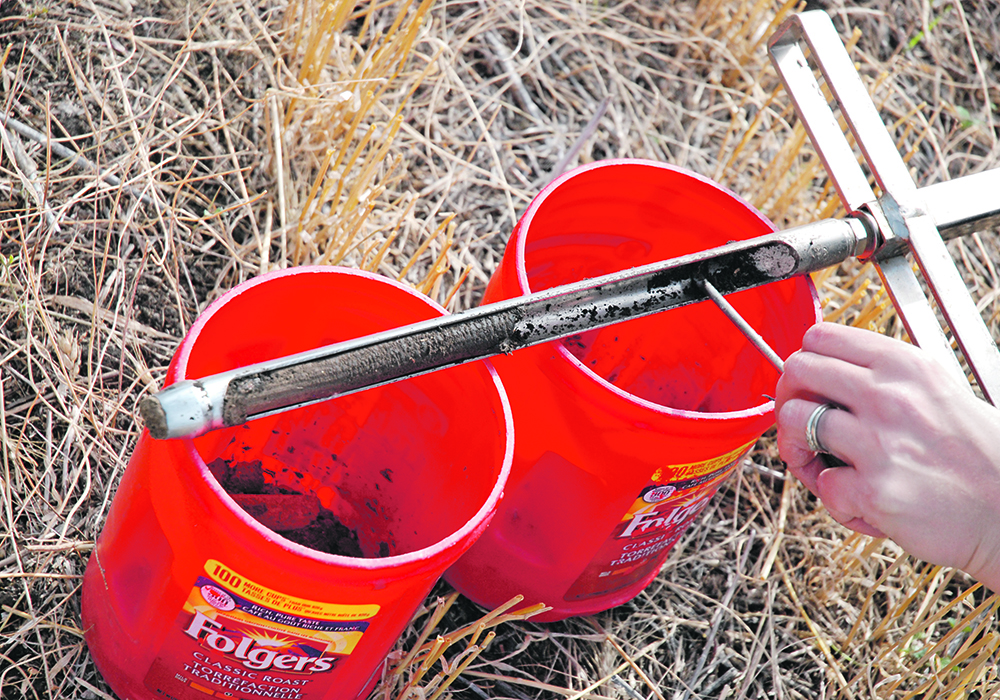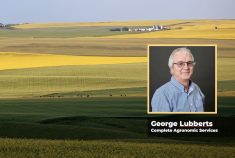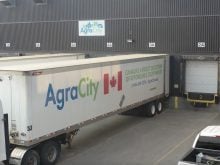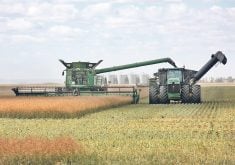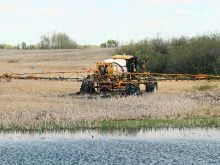Samples that are collected too early could still have biological activity, and nutrient levels may still be changing
The grain is safely in the bin and fall spraying efforts are starting to wind down with the arrival of colder temperatures.
If farmers haven’t turned their attention to fall soil sampling yet, now is the perfect time to do so, says Warren Ward, an agronomy specialist with the Canola Council of Canada.
“We’re coming up to that ideal time frame right now,” Ward said.
“Once harvest is completed is usually a good time to start thinking about it and more importantly, once those soils start to cool down,” he said.
Read Also

Pakistan reopens its doors to Canadian canola
Pakistan reopens its doors to Canadian canola after a three-year hiatus.
“What happens when the soil cools down is the microbial activity slows down in that soil and that means we’ll see less changes between now and next spring when the plants start growing again, and that’s really what we want to capture is what’s going to be available (next spring).”
“If we (collect samples) too early in the fall… biological activity is still happening in the soil and the nutrients levels could still be changing… given that it is a moisture- and temperature-driven process.”
The ideal soil temperature for collecting samples is around 10 C.
Ward described soil sampling as the foundation of any good nutrient management plan.
Without an accurate determination of how many nutrients are in the soil at the end of the production season, growers won’t be able to make good decisions on fall fertilizer purchases and application rates.
“We want to apply the right rate of fertilizer for a number of reasons,” Ward said.
“One of those reasons would be so that we aren’t applying excess nutrients that could lead to (fertilizer-related) emissions. And, from a farmer’s standpoint, it’s important to be applying the right rate so that you’re not overspending on your inputs.”
There are many other reasons to use a sampling program.
Yet the number of farmers who don’t sample their soils annually is greater than the number of farmers who do.
“There are a number of reasons for that,” Ward said.
“I think one would be (lack of) familiarity with the practice, and another would be that if you aren’t doing it, you just don’t realize how much benefit you could be seeing from it.”
Responsible nutrient stewardship is a topic that has generated a lot of attention recently.
The federal government has indicated a desire to reduce emissions from agricultural fertilizer use by 30 percent.
According to Ward, this year is an opportune time for grain growers to put more emphasis on fall sampling.
As part of its Canola 4R Advantage program, the canola council is providing financial incentives to growers who use best management practices (BMPs) associated with improved nutrient stewardship.
Growers who adopt approved BMPs can apply for funding through the program, which reimburses as much as 85 percent of BMP adoption costs, to a maximum of $12,000 per farm per year.
Funding for the program is provided by Agriculture Canada through the Agricultural Climate Solutions – On-Farm Climate Action Fund (OFCAF).
For more details on the Canola 4R Advantage program and the BMPs that qualify for financial reimbursement, visit the canola council’s home page at www.canolacouncil.org and click on the tab entitled Canola 4R Advantage.
“There is a BMP that’s being funded under the program that does offer some incentives for farmers that are first-time users of the soil sampling process,” Ward said.
“And, if you have been soil sampling in the past and are looking at moving into zone management, for instance, there are also funds that are available for generating those maps that you would use to manage nitrogen applications between those different field zones.”
Other eligible BMPs include the use of enhanced efficiency fertilizer products and improved techniques that focus on enhanced application timing.
Ward said it’s a good idea for growers unfamiliar with the soil sampling process to contact an agronomist who has a 4R nutrient management designation.
Growers who choose to collect samples on their own can visit bit.ly/3Vn0aCC for additional details on the basics of soil sampling.


